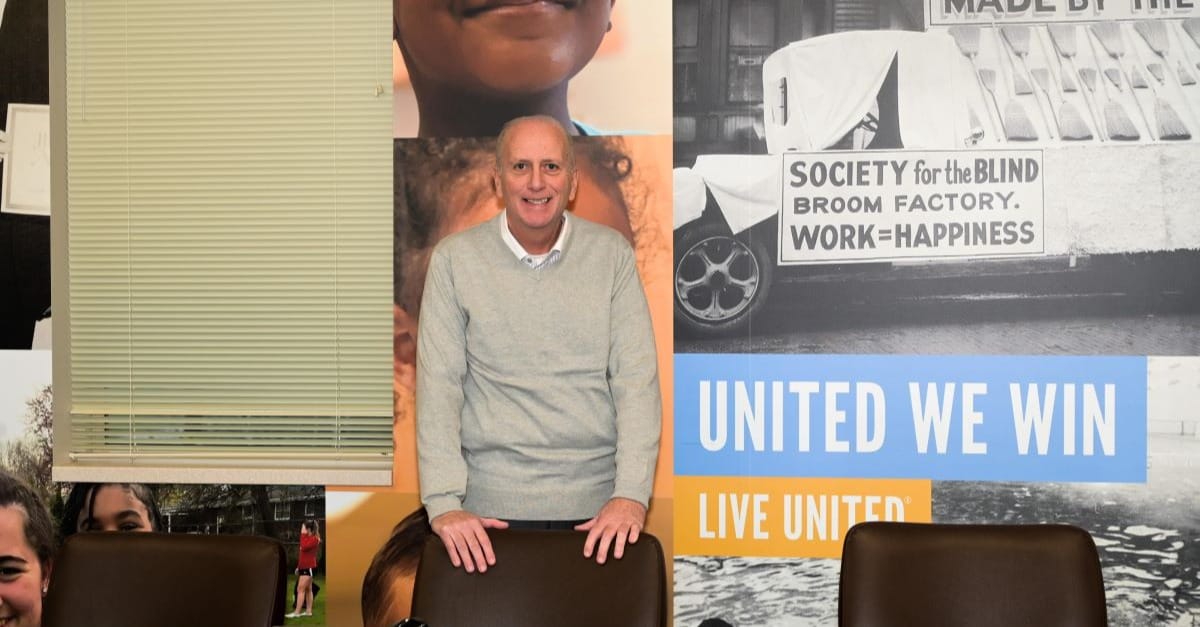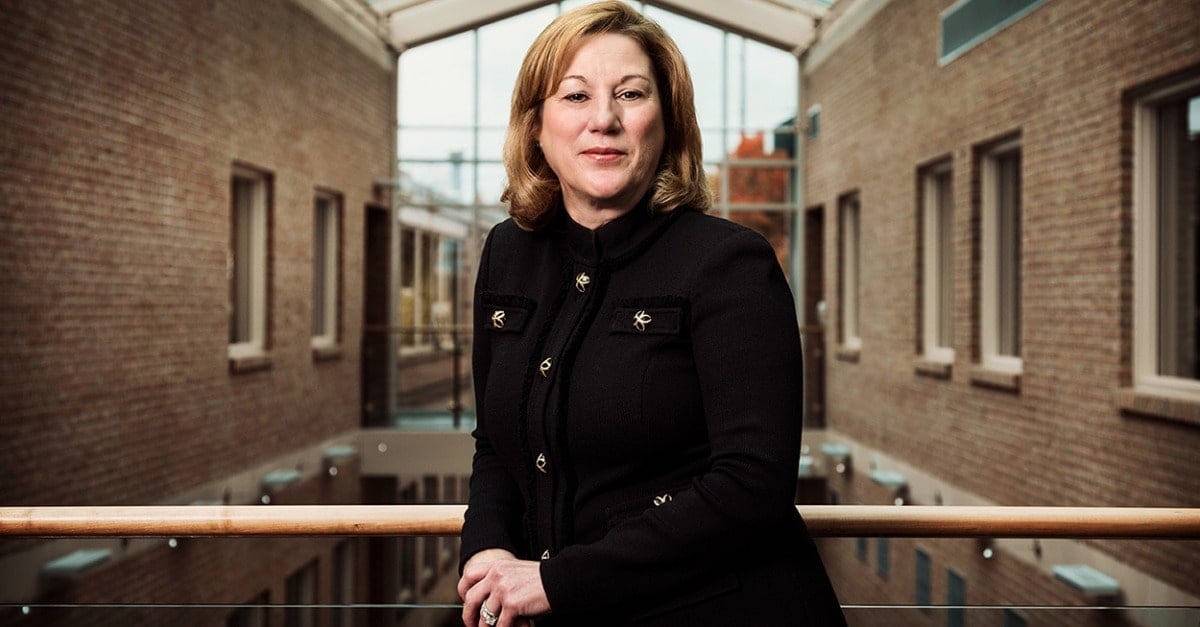For the first 100 years, United Way raised money and distributed it to other agencies to serve the community. But in the 2000s, the national nonprofit changed direction to impact the communities they serve more directly and facilitate change.
“For most of our history, United Way was perceived as a fundraiser that passes the money to nonprofits,” says Bob Hannon, president of United Way of Youngstown and the Mahoning Valley. “But then, United Way realized simply raising funds wasn’t enough. We can do more, and all United Ways were challenged to identify what their communities needed most.”
With that directive, United Way of Youngstown and Mahoning Valley began uncovering these needs within their communities, which included one of the highest poverty communities in the U.S. and a region with significant food challenges and academic gaps in Mahoning Valley. "The organization excels at finding a need, then pulling in the right partners to collaborate with to bring in funding, get school buy-in, or whatever else they need," says Hannon.
“When people used to think of United Way, they’d say we do something good,” he says. “But now, people in our community can name at least one specific way we support the community.”
Programming education to help elementary school kids
When United Way of Youngstown and the Mahoning Valley shifted focus, one of the first programs they launched was Success After 6. This program offers wrap-around education services to break down the barriers many students and their families face. Success After 6 serves thousands of students and their families with services, including enrichment programs, report card mentoring, health screenings, food pantries, and clothing drives.
Success After 6 helps students to excel academically through after-school programming and mentoring, increasing school attendance and decreasing disciplinary incidents. Volunteers work with individuals by offering motivation and acting as positive role models in their lives.
“Our volunteers get to know and care for these kids,” Hannon says. “We support students at a crucial point in their academic and social development.”
United Way has a full-time staff member paid for through grants at each school they serve. Along with teachers and volunteers, they stay after school to run the program, which includes STEM lessons, academic support, snacks, and the occasional field trip.
“Our goal is to expose these kids to experiences they wouldn’t normally get,” says Hannon. “If we can offer them a fun activity, they will want to come back, and they’ll do better academically. We’ve seen a huge growth in academics, behavior, and social and emotional health in students who participate.”
During the pandemic, United Way launched Care Closet, an in-school program that provides students with clothes, such as hats and mittens, and much-needed hygiene products. Supplying and distributing items from the Care Closet requires a strong partnership with teachers and faculty within each school. Through their help, United Way can coordinate to get students what they need most.
“United Way offers a pathway to kids to access services,” says Hannon. “Our volunteers and partners lead the charge and do the work, and we get to connect with the kids and our community.”
Addressing needs in the community
Identifying gaps and finding the right partners is key to United Way’s success. During the pandemic, United Way saw a dire food need in the community and rallied its volunteer base and partners to start Satur-day of Caring. This monthly program packages and drives food to families in need.
On the first Satur-day of Caring, approximately 40 volunteers arrived to unload food, pack it up, and drop it off to 50 families. Today, more than 200 volunteers show up each Saturday of Caring to package and deliver food to 450 families in the Mahoning Valley.
United Way has received corporate support from companies wanting to sponsor a Satur-day of Caring. Nearly every high school in Mahoning Valley has brought a group at least once by now as well, says Hannon.
“The volunteers keep coming, drivers keep coming,” he says. “Even after fulfilling volunteer obligation hours, students keep returning and bringing their families and siblings. We just keep seeing it grow. Our goal is to provide food to 600 families.”
But equally important to the food, Hannon says, is the social-emotional bond these volunteers and recipients have formed over the last two years.
“This was something we hadn’t anticipated,” says Hannon. “Many of our volunteers have been bringing food, waving, and saying hello to these families for years. Older recipients who weren’t healthy enough to go out or drive might not have any other interaction. It’s a powerful bond.”
Getting support from the community and partners
United Way’s volunteer base currently exceeds 500 people. But as their programs expand and new services are brought in, they need that number to grow.
“We wouldn’t be able to do what we do without the community stepping in to volunteer and support us,” says Hannon. “We need more volunteers, support, and funding to sustain our programs.”
One of the organizations supporting United Way’s efforts is Huntington. Employees have served as board members of United Way, and Huntington is the title sponsor of an elementary school in the Mahoning Valley. Additionally, Huntington has supported United Way of Youngstown and the Mahoning Valley by helping to collect more than 1,000 backpacks through their Stuff the Bus initiative. Employees have also volunteered their time to talk about checking and savings accounts to those in the community.



